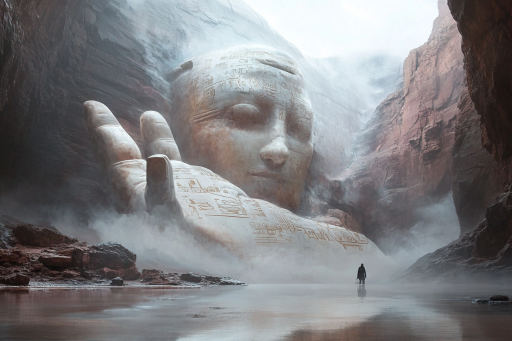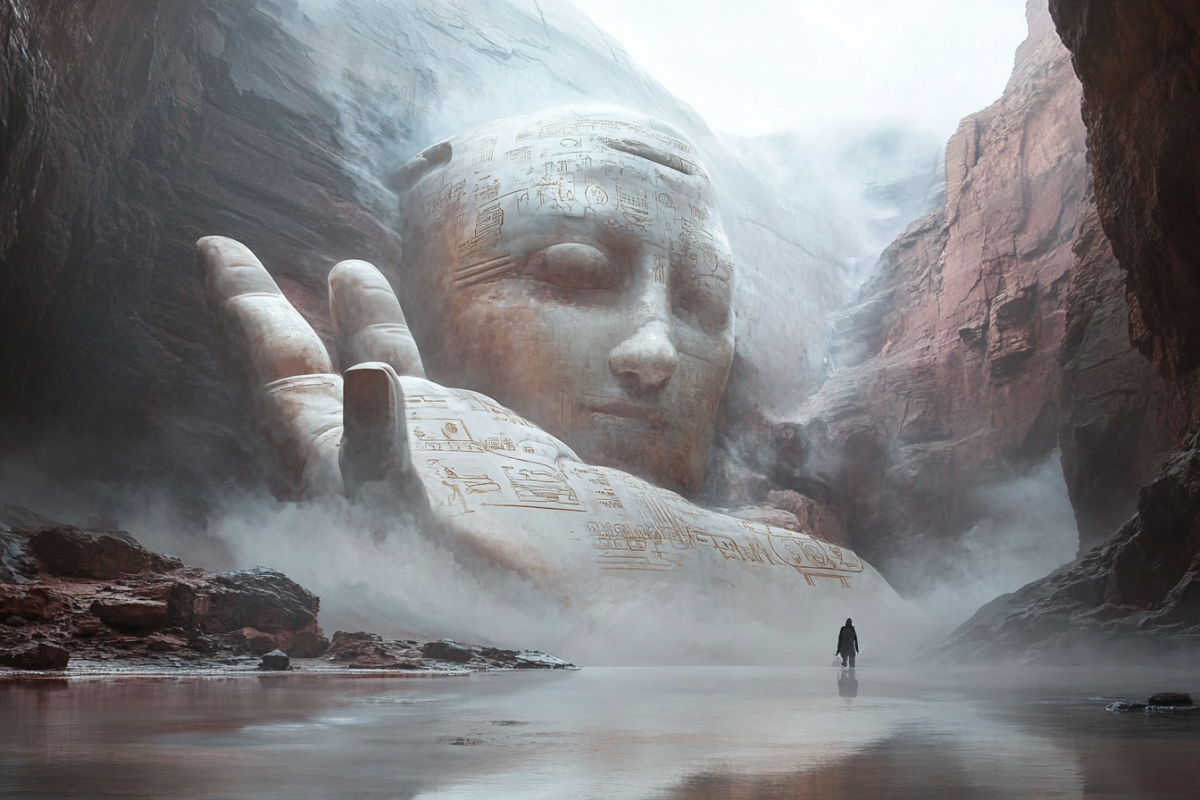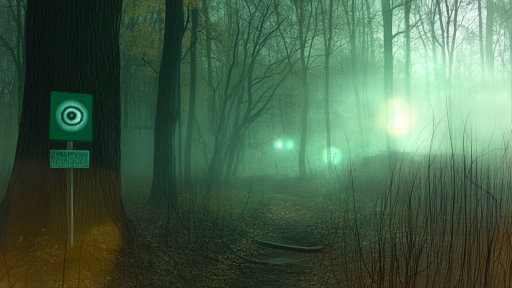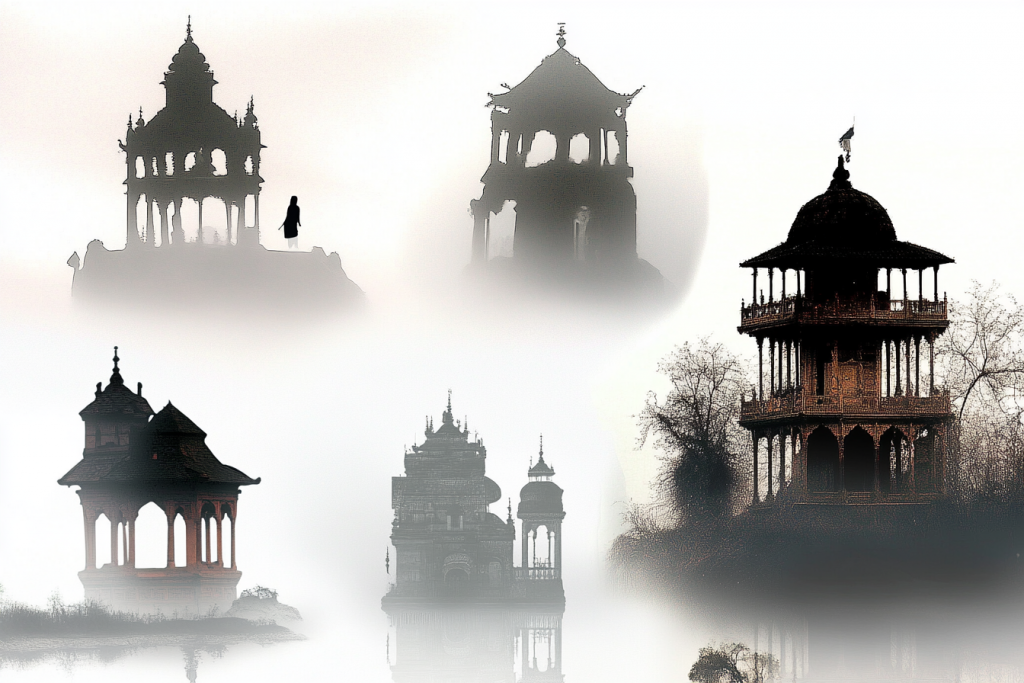
Scattered across the world, there are ancient structures and enigmatic monuments that defy explanation. Built by civilizations long forgotten, these sites hold secrets lost to time—strange formations, undeciphered symbols, and alignments with celestial bodies. Some believe they were used for rituals, others suspect they held scientific or astronomical significance, while a few even theorize more otherworldly origins. Despite centuries of research, their true purposes remain an unsolved mystery, waiting for those daring enough to uncover the truth.
The Yonaguni Monument – Japan’s Sunken Enigma

Off the coast of Japan, beneath the waves, lies a massive stone structure resembling a step pyramid. Some argue it is a natural rock formation, while others insist it is an ancient city lost to rising sea levels. Its perfectly straight edges and staircase-like design make it difficult to dismiss as a mere geological coincidence. Did an unknown civilization construct it, or is nature itself capable of building something so precise?
The Georgia Guidestones – A Modern Mystery

Built in 1980, the Georgia Guidestones stood as a cryptic monument with inscriptions in multiple languages, seemingly providing a guide for a post-apocalyptic world. Its origins remain shrouded in secrecy, as the man who commissioned it used a pseudonym and disappeared. In 2022, the stones were mysteriously destroyed, adding another layer of intrigue. Were they a warning, a prophecy, or something even more sinister?
Göbekli Tepe – The Oldest Temple on Earth?
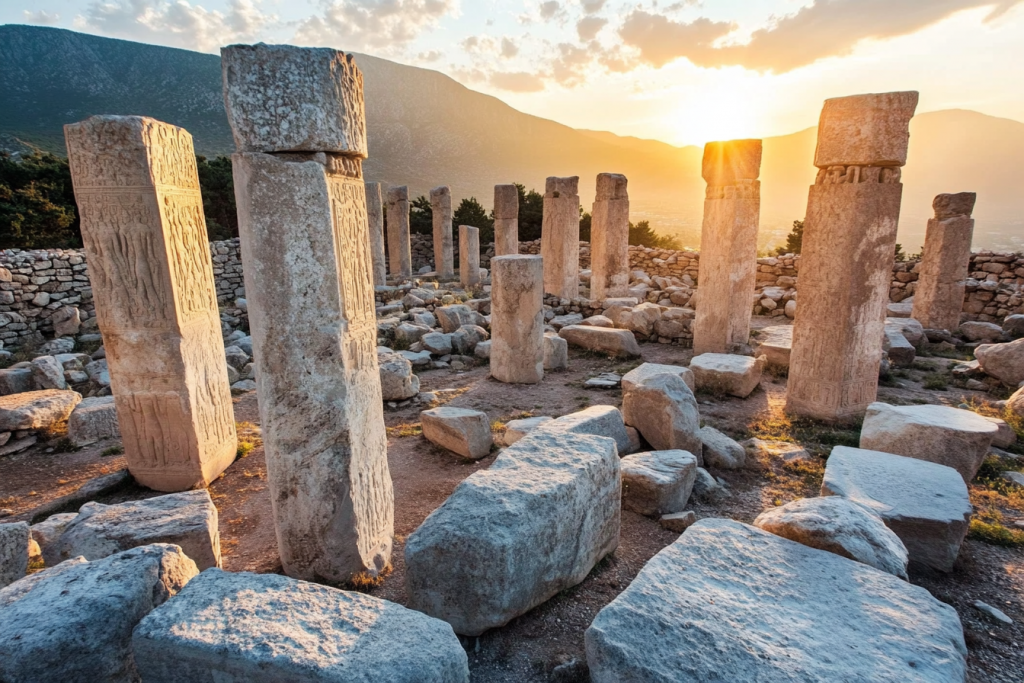
Predating Stonehenge by thousands of years, Göbekli Tepe in Turkey challenges everything we know about early civilization. Massive stone pillars arranged in circles, covered in strange carvings, suggest a forgotten religious or ceremonial site. The fact that it was intentionally buried by unknown hands raises even more questions. Who built it, and why was it hidden away for millennia?
The Sajama Lines – Bolivia’s Giant Geoglyphs

Sprawling across the Bolivian desert, the Sajama Lines are a network of perfectly straight pathways etched into the earth, some stretching for miles. Unlike Peru’s Nazca Lines, these lack recognizable shapes or patterns, leaving researchers baffled as to their purpose. Were they ancient roads, spiritual walkways, or signals for something beyond our understanding? Their precision and vast scale make them one of the most mysterious archaeological finds in the world.
The Longyou Caves – The Impossible Carvings of China
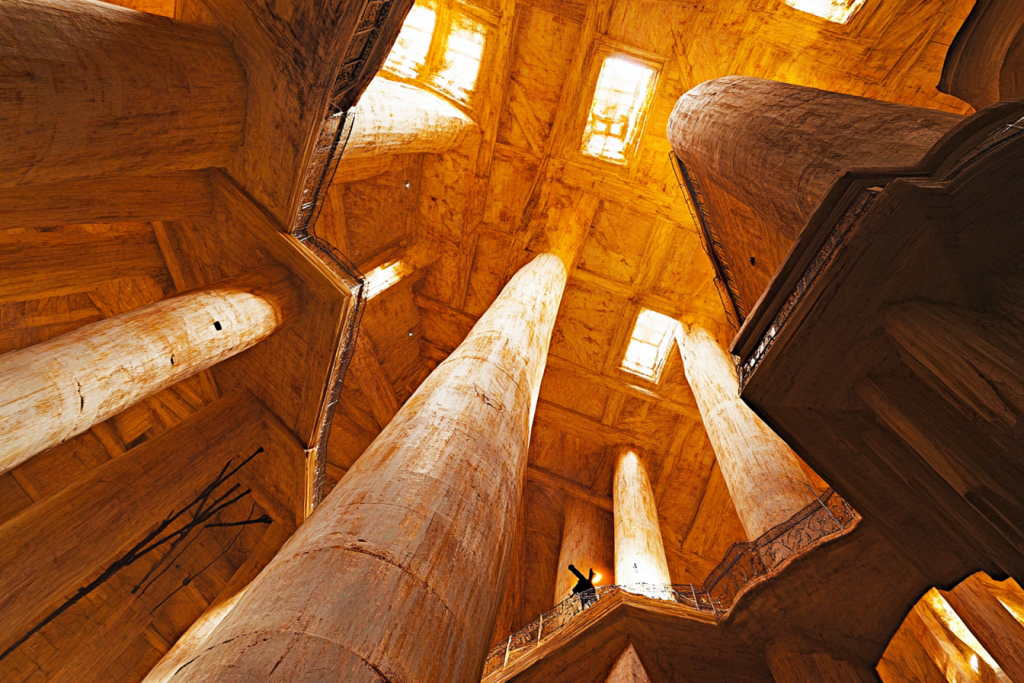
Hidden beneath a small Chinese village, the Longyou Caves are an underground labyrinth of massive chambers carved with unfathomable precision. No records of their construction exist, yet they appear to be the work of highly advanced engineers. How were they dug without collapsing? Why were they abandoned? No one knows who built these massive underground structures or why they remain eerily empty.
The Plain of Jars – Laos’ Stone Enigma

Scattered across the Laotian landscape, giant stone jars—some weighing several tons—sit in mysterious clusters. Their purpose is unknown, but theories range from burial urns to remnants of an ancient fermentation process. Local legends tell of giants who once roamed the land, using the jars to brew rice wine. Whatever their true function, their creation and transportation remain an engineering puzzle.
Adam’s Calendar – Africa’s Ancient Timepiece

Nicknamed the “African Stonehenge,” this mysterious site in South Africa consists of a circular arrangement of stones that may predate all known calendars. Some researchers claim it aligns perfectly with celestial events, suggesting it was an astronomical observatory. Others believe it holds a lost connection to early human civilizations. Could this be the remains of a forgotten culture far older than we ever imagined?
The Carnac Stones – France’s Silent Army

Thousands of massive stones stand in straight, endless rows in Carnac, France, resembling a frozen army stretching into the horizon. No one knows why they were arranged in such an orderly fashion or how ancient builders managed to move such enormous slabs. Theories include burial sites, astronomical markers, or even a lost language encoded in stone. Their eerie presence has baffled scholars for centuries.
The Underwater Ruins of Cuba – A Sunken Civilization?

Deep beneath the waters off Cuba’s coast, sonar scans revealed a mysterious grid of stone formations resembling an ancient city. Some speculate it could be remnants of an unknown civilization, possibly older than the Egyptian pyramids. Others dismiss it as a natural anomaly, though the precise angles and layouts suggest otherwise. If man-made, it would rewrite history as we know it.
The Rock Ship of Masuda – A Monument to Nowhere

A massive stone structure in Japan, the Rock Ship of Masuda appears as if it was once meant to set sail—except it’s carved entirely from solid rock and stranded on land. Strange cutouts and grooves suggest it served a significant purpose, but no one knows what. Was it a religious relic, an unfinished project, or something lost to time?
The Uffington White Horse – England’s Eternal Guardian

Carved into the rolling hills of England, the Uffington White Horse has remained visible for thousands of years, its striking form cut into the chalky earth. Its creators and purpose are unknown, but its precision suggests it was more than mere decoration. Was it a tribute to ancient gods, a territorial marker, or a message from a long-lost culture?
The Stone Spheres of Costa Rica – Perfection in Mystery

Scattered throughout Costa Rica, enormous, perfectly round stone spheres defy explanation. No one knows who carved them, how they were made with such precision, or what purpose they served. Some believe they were status symbols, while others think they marked astronomical events. To this day, their origins remain one of archaeology’s most perplexing mysteries.
The Sajama Lines – The Largest and Oldest Geoglyphs

In the highlands of Bolivia, a vast network of straight lines stretches across the desert for miles, forming a massive geometric web. Known as the Sajama Lines, these ancient markings are larger and older than the Nazca Lines, yet their purpose remains a complete mystery. Some believe they were used for religious ceremonies, astronomical alignments, or even as pathways guiding travelers. Despite their incredible precision, how and why they were created is still unknown.
The Ruins That Refuse to Be Explained

Some monuments tell a story, but others remain stubbornly silent. Whether remnants of lost civilizations, markers of forgotten rituals, or signs of knowledge beyond our understanding, these structures challenge our view of history. They raise questions about the limits of human ingenuity and the secrets still buried beneath our feet. Perhaps their creators never intended for us to understand them—or perhaps we’re simply not ready.

